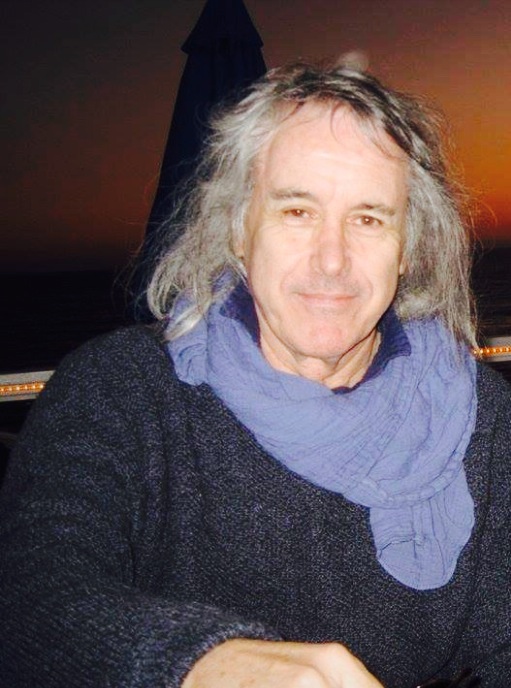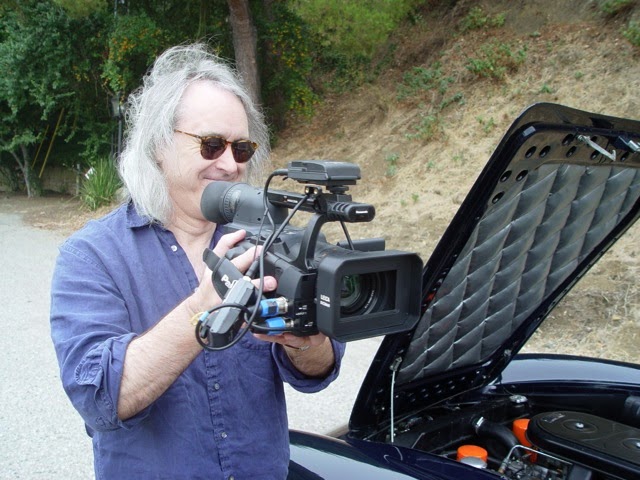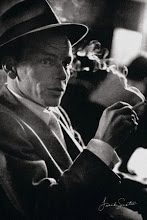Tuesday, August 6, 2013
Incorporating character resolution into Action/ReAction
The best way to describe the Action/ReAction technique that I created is 'orchestrated'. In doing the work on a scene, an actor must chart the phrasing of the dialogue, designate the interstitial reactions that can have a duration of a split second or several beats and author the unspoken thoughts that come as reactions to what another character says or does. In all the ways, it is like a composer orchestrating a symphony.
The technique calls for an exacting precision for two reasons; it is designed to produce performances that are the same and equally compelling on each of the takes (master, medium, 2-shot, close-up, etc.) that will be used to cut together a scene so as to match and, secondly, to achieve the most important goal of any performance--to put the audience in the moment.
In speaking with a fellow writer, I mentioned that a story must have a universal truth at its core without which it becomes a story of plot. In the same manner, I think it is important for a character to have his or her own universal truth that is discovered during the course of a play or film. Usually this would occur at the resolution of the story (assuming that the character is resolved, which is not always the case--witness Lawrence in Lawrence of Arabia). As Peter O'Toole's character in The Stuntman said, "It's not what he's eating, but what's eating him that makes it... sort of interesting."
In the accompanying clip, I asked Wendy to find a moment in a monologue I had written for her at which point her epiphany would occur. After she decided on the place, I asked what interstitial was being performed there. Low volume anger was the answer. I then asked her to choose an emotion contradictory to the anger (or irritation) she had chosen and perform it after the interstitial anger and prolong it--four whole notes rather than a sixteenth, for example--in order to underscore the moment of realization the character was experiencing.
This was the first time Wendy has performed this exercise and I think she did a very good job of it.
In Rachael's monologue below (taped during a lesson on Skype), the same exercise creates a different effect.
Subscribe to:
Post Comments (Atom)
























































No comments:
Post a Comment